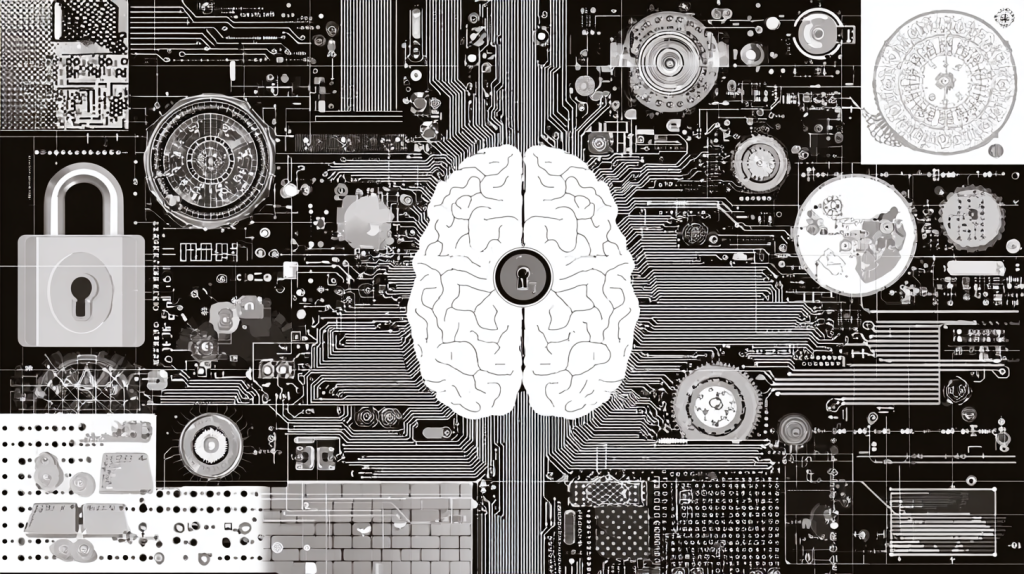U.S. Retrenches from Combating Online Foreign Influence: A Strategic Shift or a Missed Threat?
The United States’ approach to countering foreign influence and interference in cyberspace appears to be undergoing a significant transformation. Recent decisions, including personnel changes and the closure of specialized units dedicated to combating foreign information manipulation, suggest a potential shift in strategy. The dismantling of entities like the State Department’s Center for Countering Foreign Information Manipulation and Interference, along with the FBI’s Foreign Influence Task Force, raises questions about the nation’s commitment to addressing these complex challenges. While some argue these changes represent a streamlining of resources, others express concern that the U.S. is diminishing its capacity to identify and counter sophisticated information operations orchestrated by foreign adversaries. This strategic shift, or perceived decline in focus, raises the specter of increased vulnerability to malicious online influence campaigns, particularly in the context of elections and public discourse.
The 2016 U.S. presidential election served as a stark reminder of the potential impact of foreign interference in the digital realm. Russia’s exploitation of social media platforms to disseminate disinformation and sow discord highlighted the vulnerability of democratic processes to manipulation. Subsequent elections have been conducted under the shadow of this threat, prompting increased scrutiny of online activities and the development of countermeasures. While a declassified intelligence assessment of the 2020 election concluded that foreign interference efforts were largely unsuccessful, the assessment did not delve into the specific factors that contributed to this outcome. The lack of granular analysis leaves open the question of which mitigation strategies proved most effective, hindering the development of targeted and effective countermeasures in the future. The current retrenchment from dedicated counter-information efforts raises concerns that lessons learned from past experiences may be disregarded, potentially exposing the U.S. to renewed vulnerability.
Critics of the current trajectory argue that the perceived dismantling of the U.S. counter-disinformation apparatus emboldens adversaries and weakens the nation’s ability to defend against information warfare. However, concrete evidence linking these organizational changes to tangible negative consequences remains limited. Despite concerns about Russian interference in the 2020 election, the intelligence community assessment indicated that these efforts did not achieve their intended objectives. This raises the question of whether the perceived threat is being overstated, and whether the resources previously allocated to these initiatives could be more effectively deployed elsewhere. Further analysis is needed to ascertain the true impact of these changes and determine the optimal balance between resource allocation and risk mitigation in the face of evolving online threats.
A central challenge in combating misinformation and disinformation lies in defining the very nature of these phenomena. Disinformation, characterized by the deliberate creation and dissemination of false information, is often easier to identify and counter. Misinformation, on the other hand, may originate from a kernel of truth but be presented out of context or manipulated to create a misleading narrative. The line between legitimate expression of opinion and the spread of harmful misinformation can be blurry, further complicating efforts to regulate online content. The subjective nature of information interpretation and individual biases add another layer of complexity, making it challenging to develop universally applicable standards for identifying and addressing misinformation. Moreover, the sheer volume of information circulating online makes comprehensive monitoring and assessment a daunting task.
Social media platforms have become the dominant source of news for many, surpassing traditional media outlets in reach and immediacy. This shift has transformed the way information is consumed, shared, and debated. While some lament the polarization and echo chambers fostered by social media, others argue that these platforms empower individuals to engage in public discourse and access diverse perspectives. The rapid dissemination of information and the ability to engage in real-time discussions represent significant departures from traditional media models. However, the very features that make social media engaging also make it susceptible to manipulation and the spread of misinformation. The challenge lies in finding a balance between fostering open dialogue and mitigating the harmful effects of malicious information operations.
The tension between protecting freedom of expression and combating the spread of misinformation is central to the debate surrounding online content moderation. Critics argue that excessive government intervention in this realm could stifle legitimate discourse and erode democratic principles. Others contend that a more proactive approach is necessary to safeguard against the manipulative tactics of foreign actors and protect the integrity of democratic processes. The question of who should determine the veracity of information and what constitutes harmful content remains highly contested. Striking a balance between preserving free speech and mitigating the risks posed by misinformation requires careful consideration of competing values and a nuanced approach to regulation. Ultimately, the goal should be to foster an online environment that promotes informed public discourse while safeguarding against manipulation and undue influence.


